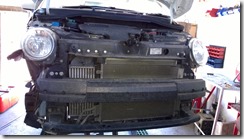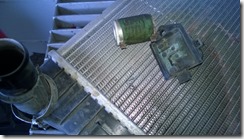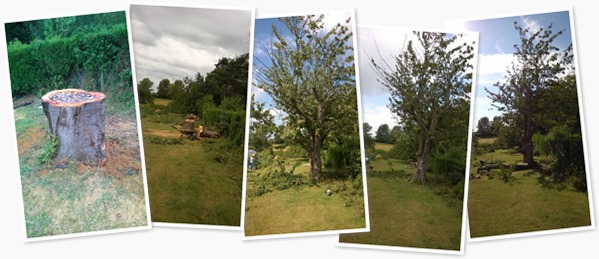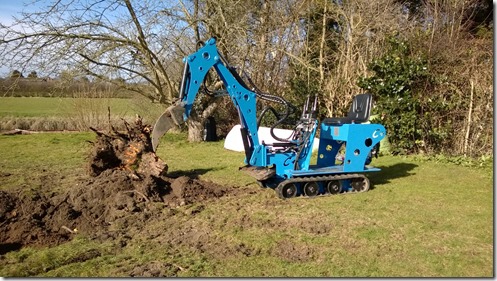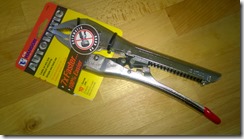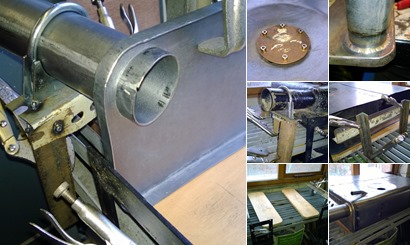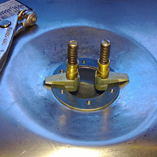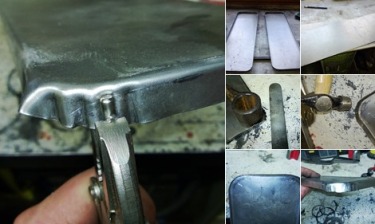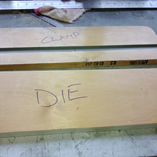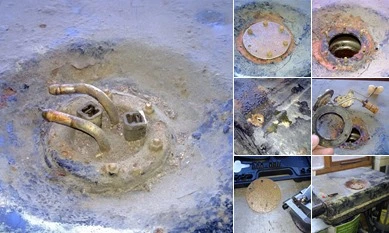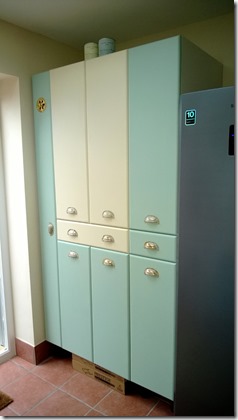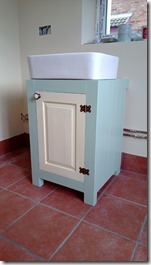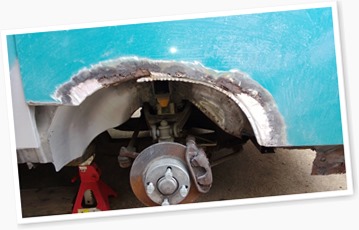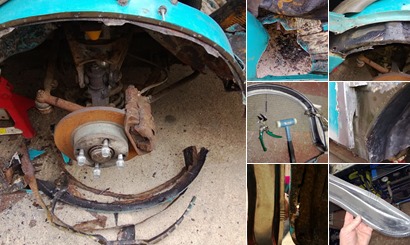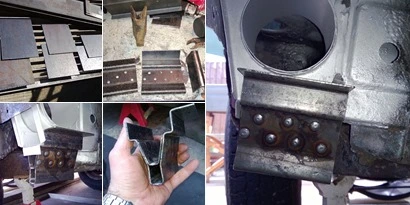I figured I could take a short break from demolishing my new home to regale you with a tale about a brace of plump pheasants.
My daily commute is your typical 20 mile moron jam. Most of the road is 70mph dual carriageway but you are lucky to average 40. So on my journey home I usually take the path less trodden, rural country roads where it is possible to average (ahem) the 60mph National speed limit. About a year ago I was blasting along in my Grande Punto, singing along with the Red Hot Chilli Peppers when I large pheasant trotted out into the road ahead of me. I braked to give it a sporting chance but I wasn’t about to end up in a ditch for it, so the outcome was inevitable. Of course he couldn’t just go quietly, dispatched swiftly by the bumper, he had to try and haul his fat ass off the ground and ended up going straight through the radiator grill. Pheasant 1 – FIAT 1
Fast forward two weeks and I’m barrelling along the same road in the wife’s 500, blissing out The Black Keys when my peripheral vision locked on to a hostile projectile coming in from 10 O’clock at an altitude of about 8 feet. It was plump pheasant’s kinsman with revenge in his heart!
At the time it was actually comical. The pheasant was so fat it looked like a football. It actually flew like a football that had been chipped over the hedge, descending in a lazy parabolic arc until it hit the round plastic bumper on the nearside front of the 500. It bounced off the bumper, I could swear it even made a “boing” noise and flew back over the hedge with exactly the same trajectory.
The 500 bumper popped back to shape with nothing but some crazing of the paint to show for the ordeal. Unfortunately the lights didn’t fair as well with both the headlight and driving light being broken off their mountings. So that’s Pheasant 2 – FIAT 2
Fast forward a year and again I’m Rolling along that road with Limp Bizkit, when the water level warning sounds and the temperature gauge goes off the clock. I limped, formula 1 “lift and coast” style to a near by garden centre for a splash of water before limping home.
Upon investigation I found that right behind the impact point, on the inside of the radiator cowl was the cooling fan resistor, which had been broken from it’s mounting and become wedged between cowl and radiator cores. It had bounced around in there until the spade like connectors had punctured the core. Game, Set and Match Mr Pheasant. Well played!
